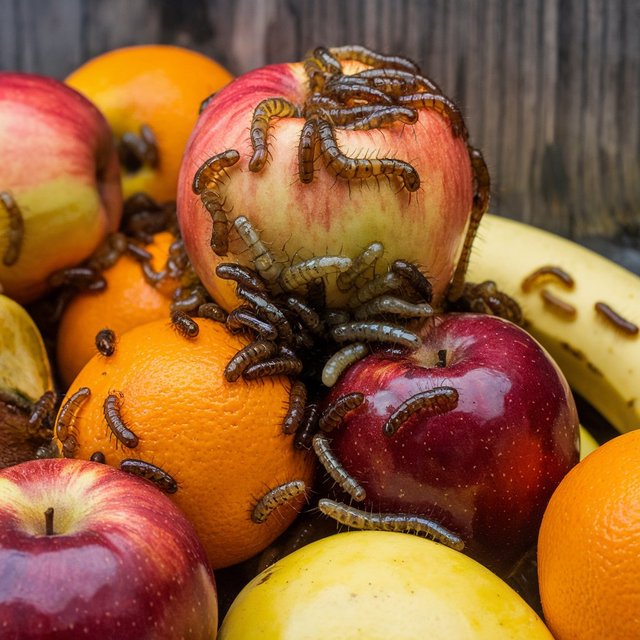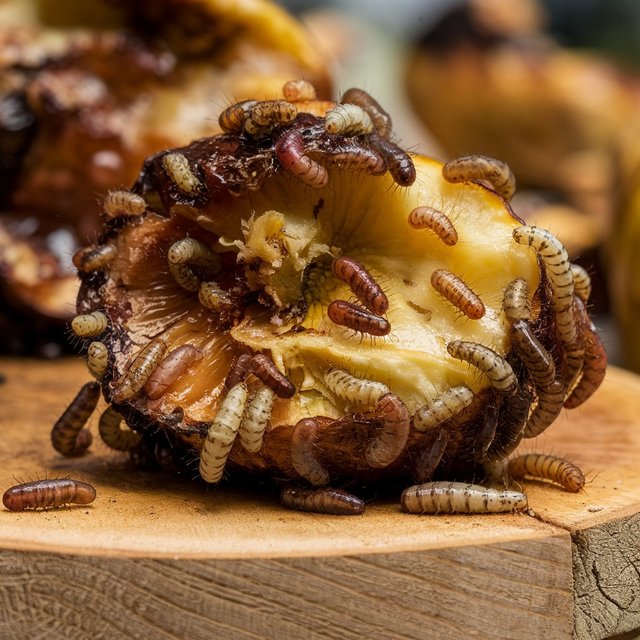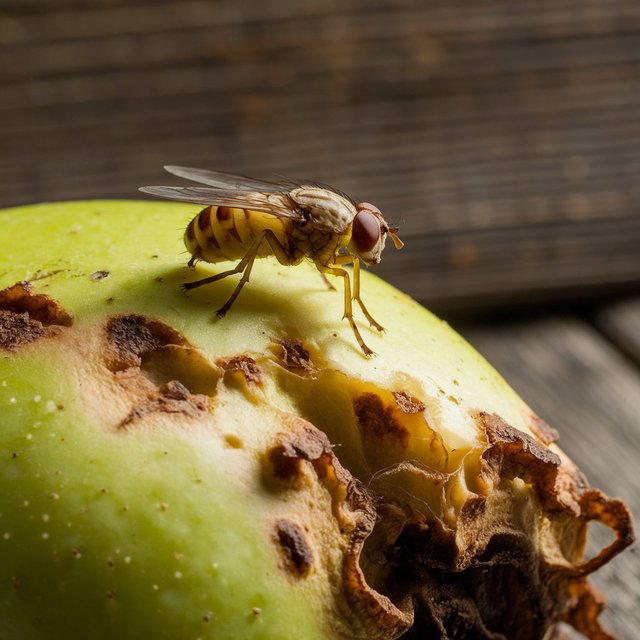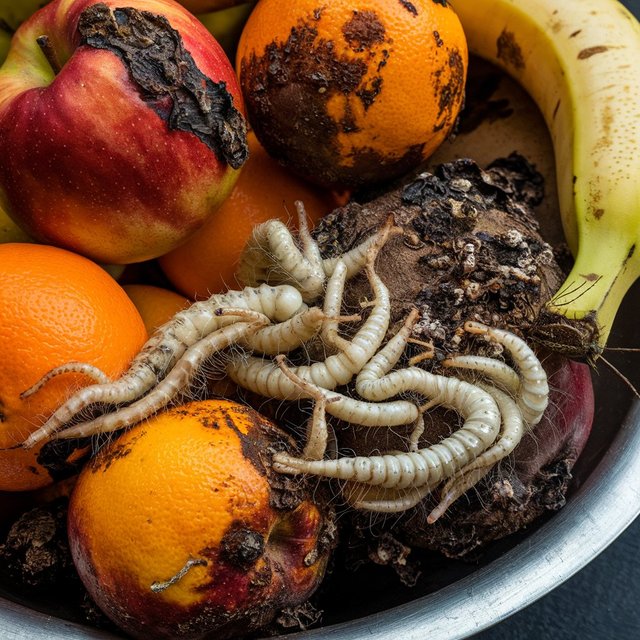Not Too Hard, Not Too Soft, Rotting Fruit is Just Right - For Fruit Fly Maggots
Introduction
When you see a piece of fruit slowly turning brown and mushy on your kitchen counter, your first instinct might be to toss it out. But for fruit flies and their maggots, that decaying fruit is a perfect paradise. It’s not too fresh and firm, nor is it too rotten and unrecognizable—it's just right. But why is that? What makes rotting fruit such a prime real estate for fruit fly maggots? Let’s dive in and explore this fascinating world of tiny creatures thriving in decay.
The Science of Rotting #Fruit
Fruits begin to rot due to natural enzymatic breakdown, microbial activity, and exposure to air. When fruit ripens, it releases ethylene gas, which accelerates the softening and breaking down of its cells. Over time, fungi and bacteria take over, causing fermentation and producing that unmistakable sour-sweet smell that signals decay.
Why Fruit Flies Love Rotting Fruit
Fruit flies (Drosophila melanogaster) have a keen sense of smell, allowing them to detect fermenting fruit from great distances. They are drawn to the chemical compounds produced during fermentation, particularly alcohols and acetic acids. These compounds signal a rich food source and an ideal place to lay eggs.
The Perfect Breeding Ground for Maggots
Rotting fruit is soft, moist, and nutrient-dense—everything a developing maggot needs. Female fruit flies lay their eggs directly on decaying fruit, ensuring that once the larvae hatch, they have an immediate food supply. The fruit’s texture makes it easy for the tiny larvae to burrow and consume the pulp.
The Life Cycle of a Fruit Fly
Egg Stage: Laid on the surface of rotting fruit.
Larva (Maggot) Stage: Feeds on the fruit, growing rapidly.
Pupa Stage: Forms a cocoon-like structure and undergoes metamorphosis.
Adult Stage: Emerges as a fully formed fruit fly ready to reproduce.
How Fruit Fly Maggots Thrive in Rotting Fruit
The yeast and bacteria breaking down the fruit provide essential nutrients for the maggots. These microorganisms help decompose the fruit, making it easier to digest while also acting as a primary food source.
The Battle Against Fruit Flies in Homes
To prevent infestations:
Store fruit in the refrigerator or sealed containers.
Dispose of overripe fruit promptly.
Use traps (apple cider vinegar with a drop of dish soap) to catch adult flies.
The Ecological Role of Fruit Flies
Fruit flies are nature’s recyclers, helping to break down and decompose organic matter. Their larvae aid in the process, turning waste into soil-enriching material, which benefits plant life.
Fun Facts About Fruit Flies
They were among the first living organisms in space.
They share about 60% of their genes with humans.
They can reproduce within 24 hours of emerging as adults.
Conclusion
While fruit flies may seem like pesky invaders, they play a crucial role in nature. They help break down decaying fruit, contribute to scientific research, and even teach us valuable lessons about fermentation. So next time you see a fruit fly hovering around your bananas, remember—it’s just part of nature’s grand recycling plan.



